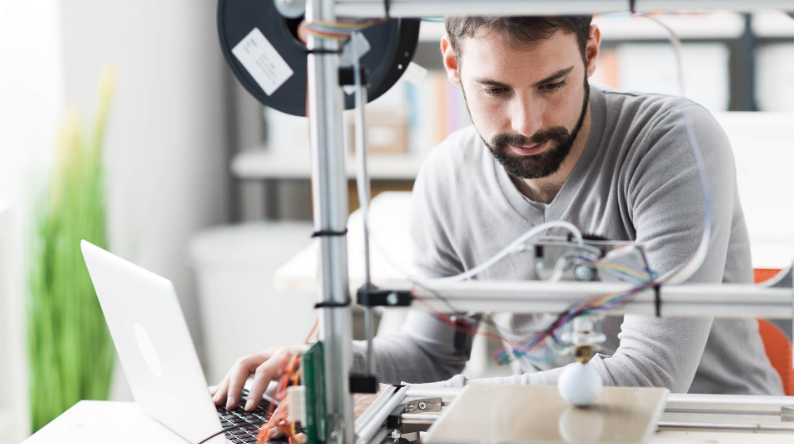
The time it takes to complete a 3D print can vary widely depending on several factors. Here are the main factors that influence the duration of a 3D printing job:
Factors Affecting 3D Printing Time
- Print Size:
- Larger prints require more material and time to complete than smaller ones.
- Layer Height:
- Thinner layers (higher resolution) result in smoother prints but increase the print time. Common layer heights range from 0.1 mm to 0.3 mm.
- Print Speed:
- The speed at which the printer moves and extrudes material. Higher speeds reduce print time but can affect print quality.
- Infill Density:
- Higher infill density increases print time. Most prints use infill densities between 10% and 20%, but functional parts might require higher densities.
- Complexity of Design:
- More complex designs with intricate details or lots of overhangs may take longer due to the need for support structures and slower print speeds to ensure accuracy.
- Printer Type:
- Different types of 3D printers (FDM, SLA, SLS, etc.) have different speeds. For example, SLA printers are typically slower than FDM printers due to the curing process of the resin.
- Material:
- Some materials print faster than others. For instance, PLA generally prints faster and more easily than flexible materials like TPU.
[elementor-template id=”4330″]
Estimating Print Time
Here are some general estimates for different types of prints:
- Small, Simple Objects (e.g., a small figurine or part):
- 1 to 4 hours.
- Medium-sized Objects (e.g., a phone holder or medium-sized model):
- 4 to 12 hours.
- Large, Complex Objects (e.g., a full-size helmet or detailed model):
- 12 to 48 hours or more.
Examples
- Small Keychain:
- Layer height: 0.2 mm
- Infill: 20%
- Print time: 1-2 hours
- Medium Vase:
- Layer height: 0.2 mm
- Infill: 10%
- Print time: 6-10 hours
- Large, Detailed Bust:
- Layer height: 0.1 mm
- Infill: 20%
- Print time: 24-48 hours
Tips to Reduce Print Time
- Increase Layer Height: Using a larger layer height can significantly reduce print time at the expense of surface finish quality.
- Optimize Infill Density: Use lower infill density where strength is not critical.
- Adjust Print Speed: Increase the print speed, balancing with acceptable print quality.
- Simplify the Design: Reduce complexity where possible.
- Use Larger Nozzles: For FDM printers, larger nozzle diameters can print faster but with less detail.
Conclusion
The duration of a 3D print is influenced by a combination of factors related to the print’s size, complexity, and the specific settings and capabilities of the 3D printer. While a small, simple print might take just a couple of hours, larger and more complex prints can take a day or more to complete. Adjusting print settings can help manage and optimize the time required for different projects.
Related Conten: Rapid Injection Molding
 DTG Mould Trade Process |
|
| Quote: | According to sample, drawing and specific requirement. |
|---|---|
| Discussion | Mold material, cavity number, price, runner, payment, etc. |
| S/C Signature | Approval for all the items. |
| Advance | Pay 50% by T/T |
| Product Design Checking | We check the product design. If some position is not perfect, or can not be done on the mould, we will send customer the report. |
| Mold Processing | Send report to customer once each week |
| Mold Testing | Send trial samples and try-out report to customer for confirmation |
| Mold Modification | According to customer’s feedback. |
| Balance Settlement | 50% by T/T after the customer approved the trial sample and mould quality. |
| Delivery | Delivery by sea or air. The forwarder can be designated by your side. |
 |
|

